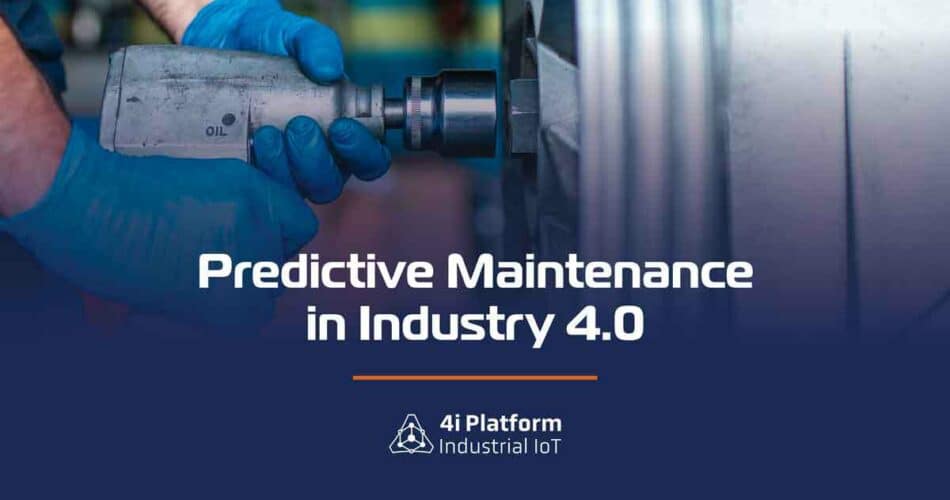Industry 4.0 is already here: a data- and artificial-intelligence-driven smart manufacturing model. This technology now makes it possible to anticipate equipment problems and solve them before they occur. How? Thanks to predictive maintenance solutions. Transformative technologies, like robotics, augmented reality and, more importantly, the Internet of Things, also come into play here.
Information technology drives the Fourth Industrial Revolution. However, the drivers of the previous three industrial revolutions were steam, electricity, and first-generation computers, respectively. Like its predecessors, Industry 4.0 has brought about a radically faster and more efficient way of working. Additionally, it will make for a cleaner planet and more sustainable economies.
Although it could take years for Industry 4.0 to develop fully, some of the remarkable innovations are already in use. Let’s take, for example, crucial equipment and infrastructure predictive maintenance solutions.
Traditionally, maintenance has been reactive as opposed to predictive, as it was impossible to predict the future. Managers struggled to keep up with the latest developments. Or, armed with a variety and amount of data that would seem odd to us today, they could tell approximately when a piece was likely to need repairs or be replaced.
Although the age of the equipment has an impact on its preservation, the environmental conditions of a manufacturing plant and the way factory workers use the equipment are just as important. Studies have shown that 82% of breakdowns do not follow any identifiable age-related pattern.
This usually means that when factory managers follow a set schedule to replace parts, businesses tend to lose money. A study found that 30% of preventive maintenance tasks take place far too often.
Also, there is the unplanned downtime that happens when equipment failures paralyze a plant. Unplanned downtime costs manufacturers about 50 billion dollars annually.
The Benefits of a Predictive Maintenance Solutions System
Fortunately, the IIoT (Industrial Internet of Things) has enabled plant managers to prevent maintenance issues before they happen. Interconnected sensors integrated into industrial equipment collect all kinds of data, from a turbine’s temperature to how many revolutions a flywheel turns, or a bearing’s wear depth.
This data is transferred to the cloud, where it is aggregated and analyzed. Then, managers and engineers access the platform from, say, their smartphones and use this data to make decisions.
However, processing data at the edge, i.e., on devices located closer to the data source, is more usual now than transferring it to the cloud. Not having to transfer large amounts of data results in a faster, lighter, and more flexible system.
With or without edge computing, a predictive maintenance solutions system could, on detecting a problem, automatically alert maintenance engineers. Therefore, they would know in advance what the problem is and what materials and resources they need to solve it.
In the future, it is more than likely that maintenance will be automated, and, therefore, more efficient. For now, IoT-based predictive maintenance can increase activity between 10 and 20 percent and reduce maintenance costs by between 5 and 10 percent.
And, equally important, this system can reduce the time needed for maintenance planning by about 20 to 50 percent, which will also reduce corporate red tape.





